The Electronic Communications Committee (ECC) has released Report 366, analyzing the feasibility of sharing the 6425–7125 MHz frequency band between Mobile/Fixed Communications Networks (MFCNs) and Wireless Access Systems (WAS), including Wireless Local Area Networks (WAS/RLANs).
This report addresses the growing demand for spectrum due to the rapid expansion of mobile broadband and wireless connectivity. With finite spectrum availability, sharing mechanisms are being explored as a viable solution to optimize spectrum use without compromising service quality.
Objectives and Scope
ECC Report 366 investigates whether MFCNs and WAS/RLANs can coexist efficiently within the same spectrum range. The study evaluates the technical parameters of both systems, including:
Transmission and reception characteristics
Required protection levels
Interference thresholds and mitigation strategies
The report outlines various spectrum-sharing techniques, including:
Cross-technology detection, enabling devices to identify and react to the presence of another system
Signaling mechanisms that enhance coordination
Spectrum separation methods (frequency, time, and geographic separation) to reduce overlap and interference
Why Is This Important?
Efficient sharing of the 6425–7125 MHz band could unlock significant opportunities, but it also introduces technical and operational challenges:
For MFCNs:
Interference from WAS/RLANs could require reduced transmission power, leading to diminished network capacity and coverage
A potential decline in Quality of Service (QoS) for mobile users if not properly managed
For WAS/RLANs:
Detection of MFCN signals might trigger spectrum access restrictions
These interruptions could affect performance and availability, especially in environments requiring stable, low-latency connections
For Regulators and Industry:
Implementation of cross-detection mechanisms demands technological upgrades and harmonized regulatory efforts
Ensuring equitable spectrum access across different regions adds complexity to policymaking and standardization
Who Is Affected?
The consultation and potential implementation of shared use in this frequency band would impact:
- Mobile network operators seeking to expand 5G services
- Wireless equipment manufacturers, particularly those developing shared-spectrum technologies
- Regulatory authorities involved in setting spectrum allocation rules
- Enterprise and consumer users who rely on reliable wireless communication networks
Conclusion
The coexistence of MFCNs and WAS/RLANs in the 6425–7125 MHz band presents both significant promise and considerable challenges. While it could maximize the use of a high-demand frequency band, achieving this balance will require:
Technical innovation in detection and mitigation
Collaborative regulatory frameworks across regions
Strategic planning by all stakeholders to ensure minimal disruption and optimal efficiency
This is a high-impact development that will shape how spectrum is shared in the evolving wireless ecosystem.
Regulatory Impact Summary:
- Top Priority: Yes
- Certificate Required: No
- Spectrum Bands Affected: Yes
- HS Code Changes: No
- Standards Update Required: Yes
- Product Scope Changed: No
- Labeling Requirements Changed: No

